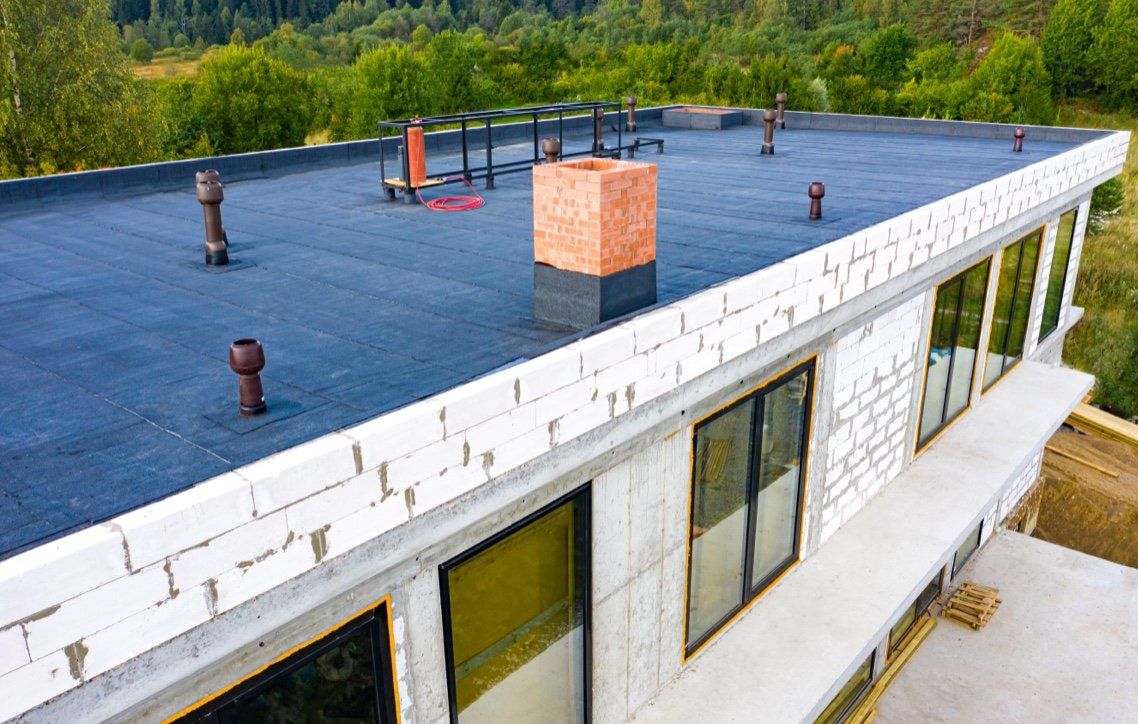Every season brings its own set of challenges for your roof. From the heat of summer to the freeze of winter, understanding how different weather conditions impact your roof can help you prolong its lifespan. Here are some seasonal roofing tips to keep your roof in top condition year-round.

The Effects of Rain, Snow, and Heat on Roofs
Rain: Continuous rain can cause leaks, mold, and erosion, especially if your roof’s seals are compromised. Standing water may also damage shingles and encourage wood rot.
Snow and Freezing Weather: Snow accumulation can put pressure on your roof, causing sagging or even collapse. Ice dams, which form when melting snow refreezes, can also block drainage and lead to leaks.
Summer Heat: Heat can warp, crack, or buckle shingles, and the constant expansion and contraction of roofing materials in hot weather can weaken the roof’s structure over time.
Preparing Your Roof for Extreme Weather
Preparing your roof for extreme weather is crucial. Here are some steps to help you keep your roof in good condition throughout the year:
- Clear gutters: Ensure that gutters and downspouts are clear of debris to prevent water backup during rain or snow melt.
- Inspect shingles: Inspect your shingles and replace any that are damaged or missing before extreme weather hits.
- Seal cracks: Check for and seal any cracks or gaps in your roof to prevent water intrusion during rain or snow.
- Ensure proper insulation: Good insulation not only boosts energy efficiency but also prevents ice dams from forming during the winter months.
Weathercraft’s Recommended Roof Inspections and Maintenance
Weathercraft recommends having your roof professionally inspected at least twice a year—once in the spring and again in the fall. During these inspections, we’ll check for any damage caused by weather and address potential issues before they escalate. Our experts will also suggest the necessary repairs or upgrades to help your roof withstand extreme weather conditions.